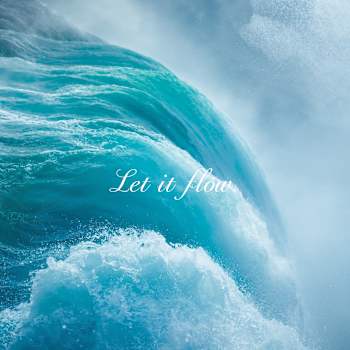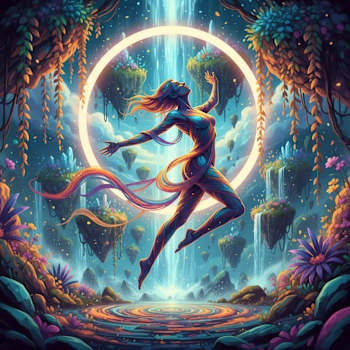There are moments when time simply disappears. Everyone of us have experienced it, haven't we?
You are doing something without knowing that hours are dissolving into minutes. You forget the clock, the to-do list, even yourself.
That mysterious state where effort feels light and creativity flows freely is what psychologist Mihaly Csikszentmihalyi called flow. It is the paradox of effortless effort where we do our best work when we stop trying so hard.
What Is Flow State?
Csikszentmihalyi, a pioneer in positive psychology, defined flow as a state of deep immersion and focus.
It occurs when:
- The challenge of the task matches your skill level
- Your attention narrows completely on the moment
- The process itself becomes rewarding i.e. you stop looking for reward as an outcome, the process has become the reward
In flow, you lose self-consciousness and gain a sense of calm energy. Artists, athletes, and creators of every kind describe it as being in the zone, a space where doing and being merge.
The Paradox of Effortless Work
Effortless work isn’t about avoiding effort, it’s about removing resistance.
When you force creativity, you feel tension. Deadlines, self-doubt, the weight of outcomes to name a few. When you allow creativity, effort becomes movement. Natural and Rhythmic.
As a self taught digital artist on a continuous learning spree, I experienced this first-hand early in my digital art journey. I’d lose myself for hours experimenting, iterating with AI tools, absorbed in the joy of discovery. That was pure flow.
But as I began thinking about monetization, product variations, digital marketing strategies, the energy shifted. My attention turned outward, toward results and 'the flow' quietly faded.
What is the lesson here?
The mind creates best when it stops chasing outcomes.
Why Flow Matters in Creative Work
Flow is more than productivity. It reconnects you with the simple joy of creation, the reason you started in the first place.
When in flow, the mind quiets down. You’re not evaluating or comparing; you’re experiencing.
That deep engagement fuels both satisfaction and performance. Athletes call it the zone. Musicians call it the groove. For creators, it’s that quiet rhythm where imagination, focus, and joy align perfectly and everything else is shut out.
How to Cultivate an Effortless Mind
You cannot force flow, but you can create conditions that invite it.
Try these practical steps:
1. Single Task with Full Attention
Flow requires depth. For instance, if you are working on your computer, close other tabs, silence notifications, and give the task your undivided focus.
2. Balance Challenge and Skill
If a project feels too easy, add a twist. If it feels overwhelming, break it into smaller goals. The sweet spot lies in stretch, not strain.
3. Create Gentle Rituals
Play a familiar playlist, light a candle, or start at a consistent time. Rituals help your mind shift into creative focus. The brain recognizes the settings when you are trying to get into the zone.
4. Detach from Outcomes
Start each session with curiosity, not expectation. Create first for joy; refine later for results.
5. Rest and Reflect
Flow thrives in a rested, uncluttered mind. Step away, breathe, and return with clarity as many times as required.
The Return to Flow
Over time, I realized that the way back to effortless work wasn’t through control. It was through trust.
Like water flowing around stones, creativity finds its way. If you let it flow.
When I stopped forcing results and began creating for curiosity again, the joy quietly returned. Flow reappeared.
Effort did not vanish. It transformed.
Closing Reflection
Maybe the secret isn’t to master flow but to make space for it. Allow it to come and fill your mind.
When the mind is calm, when curiosity replaces control, and when joy outweighs judgment, that’s when the current of flow carries us.
Flow reminds us that the most beautiful work often emerges not from force, but from freedom.
Let Go. Let it flow.


